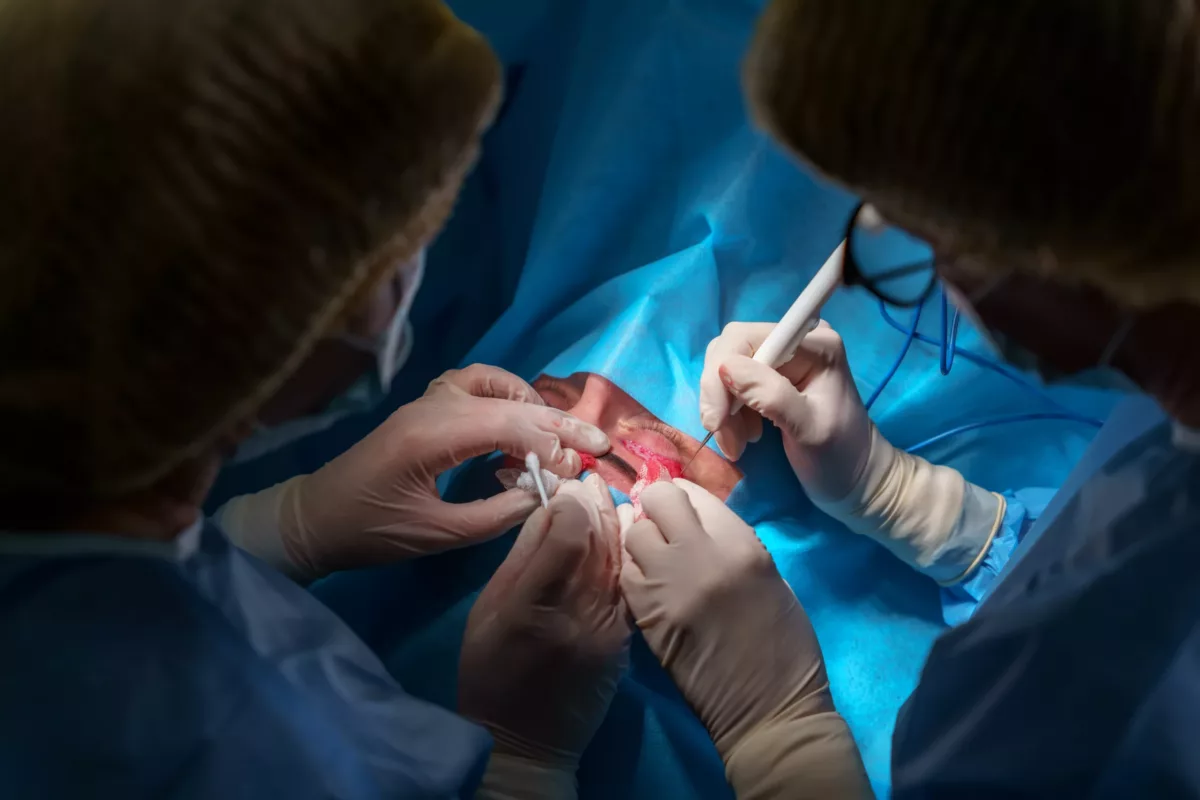A group of irregular small blood vessels with thin walls that are located in the spinal cord or brain is called cerebral cavernous malformations (CCMs). These blood vessels look like small mulberries and they can cause blood leakage in the spinal cord or brain.
Generally, CCMs are different in their size, but in most cases, they are less than half an inch (1 centimeter) and are sporadic. It means the condition occurs as a single cavernous malformation without a family history of the disease. However, roughly 20% of all diagnosed CCMs negatively affect people of the same family. In such cases, the condition is called familial CCMs and it is linked with an abnormal gene that passes down through families. Additionally, people with familial CCMs commonly have more than one cavernous malformation.
In any case, CCM is one of the other types of brain vascular malformations that contain irregular blood vessels. Check other types below:
- Arteriovenous malformation (AVM)
- Dural arteriovenous fistula
- Developmental venous anomaly (DVA)
- Capillary telangiectasia
Commonly, people with the sporadic form have both DVA and CCM. CCMs may cause hemorrhage in the spinal cord or brain, which may lead to seizures. Depending on the location of CCMs, it may cause stroke-like symptoms and sometimes bowel and bladder symptoms.
Symptoms
While CCMs may not cause symptoms, they may cause seizures when happen on the outer brain’s surface. However, the symptoms that people with this disease experience may be quite different because it depends on the location of the CCM. These include bladder symptoms, movement problems, bowel issues, and others. Check below some general CCM symptoms:
- Difficulty walking and balancing
- Poor memory and attention
- Vision changes (such as blurred or double vision)
- Speaking problems
- Numbness
- Weakness
- Headaches
- Seizures
Without treatment, symptoms worsen over time due to recurrent bleeding. Immediately contact your healthcare professional if you experience seizure symptoms or other that indicate brain bleeding or cerebral cavernous malformation.
Causes
Most diagnosed CCMs are sporadic, which means they occur as a single malformation without a family history. However, the sporadic forms may be associated with DVA (developmental venous anomaly). In people with DVA, the irregular veins look like a witch’s broom.
In any case, approximately 20% of people with this condition have a genetic form. It means that this form passes through families and it is called familial cavernous malformation syndrome. Therefore, people with this disease type have family members with more malformations usually. To confirm that the disease happens due to abnormal genes, doctors will perform genetic testing.
In addition, continuous radiation exposure also may lead to CCMs that could happen within 2 to 20 years. Certain syndromes that happen quite rarely also may cause CCMs.
Risk Factors
Commonly, physicians do not fully understand why it happens. However, the genetic form that passes through families may cause more than one CCM. Nowadays, researchers have identified 3 genetic mutations that cause cavernous malformations. Check below these genes:
- KRIT1 (also known as CCM1)
- CCM2
- PDCD10 (also called CCM3)
Previous genes negatively affect blood vessel leakiness and proteins that keep their cells together.
What Are The Potential Complications of Cerebral Cavernous Malformations?
One of the most dangerous complications of CCMs is recurrent bleeding (also called hemorrhages) that may cause permanent damage to the nervous system, brain, or spinal cord. Bleeding often returns in people with previous hemorrhages and with CCMs located in the brainstem.
Diagnosis
In most cases, people with CCMs do not experience any symptoms, which makes it challenging to diagnose them. Healthcare professionals usually perform brain imaging and genetic testing to diagnose the condition.
Tests
The following tests are used to confirm the disease and exclude others that cause similar symptoms to CCMs. These include:
- Imaging tests – Physicians often perform an MRI (magnetic resonance imaging) scan to get detailed pictures of the brain or spine.
- Genetic testing – This test requires a saliva or blood sample to check for abnormal genes that cause CCMs.
Treatment
Treatment for CCMs may involve multiple specialists. These include:
- Neurologists and cerebrovascular neurologists (specialists trained in the nervous system and brain diseases)
- Neurosurgeons (doctors trained to perform nervous system and brain surgeries)
- Neuroradiologists (doctors trained in brain imaging)
However, other healthcare professionals also may be needed. To make the best treatment plan, doctors will evaluate your medical and family history and ask some questions about your symptoms.
There are multiple surgeries available to treat this condition. For people who experience seizures, doctors may recommend some medications to stop them and reduce the bleeding risk.
In addition, doctors usually use imaging technologies to perform this surgery safely. One of them is tractography, which is used to make a map of the brain. This treatment option makes the surgery as safe as possible.
Generally, the prognosis of the disease depends on multiple factors. These include the size and location of CCM, your symptoms, and others. Discuss with your healthcare professional for more details.
Frequently Asked Questions
What is the prognosis for cavernous malformation of the brain?
In most cases, this condition does not affect life expectancy. However, in people with recurrent bleeding, the condition can be life-threatening.
What are the symptoms of cerebral cavernoma?
These include:
- Hemorrhagic stroke
- Weakness and numbness
- Tiredness
- Memory problems
- Neurological issues (including dizziness, speaking problems, double vision, tremors, and others)
- Headaches
- Seizures
- Bleeding
If you notice CCM symptoms or any of the previous ones, immediately visit a doctor.
What happens if cerebral cavernous malformations are left untreated?
If you do not treat the condition, you may experience some complications. These include:
- Bleeding
- Seizures
- Severe headaches
- Strokes
- Speech impairment
- Unsteadiness
This document does not contain a full list of CCM complications. Ask your doctor if you have any other questions.




